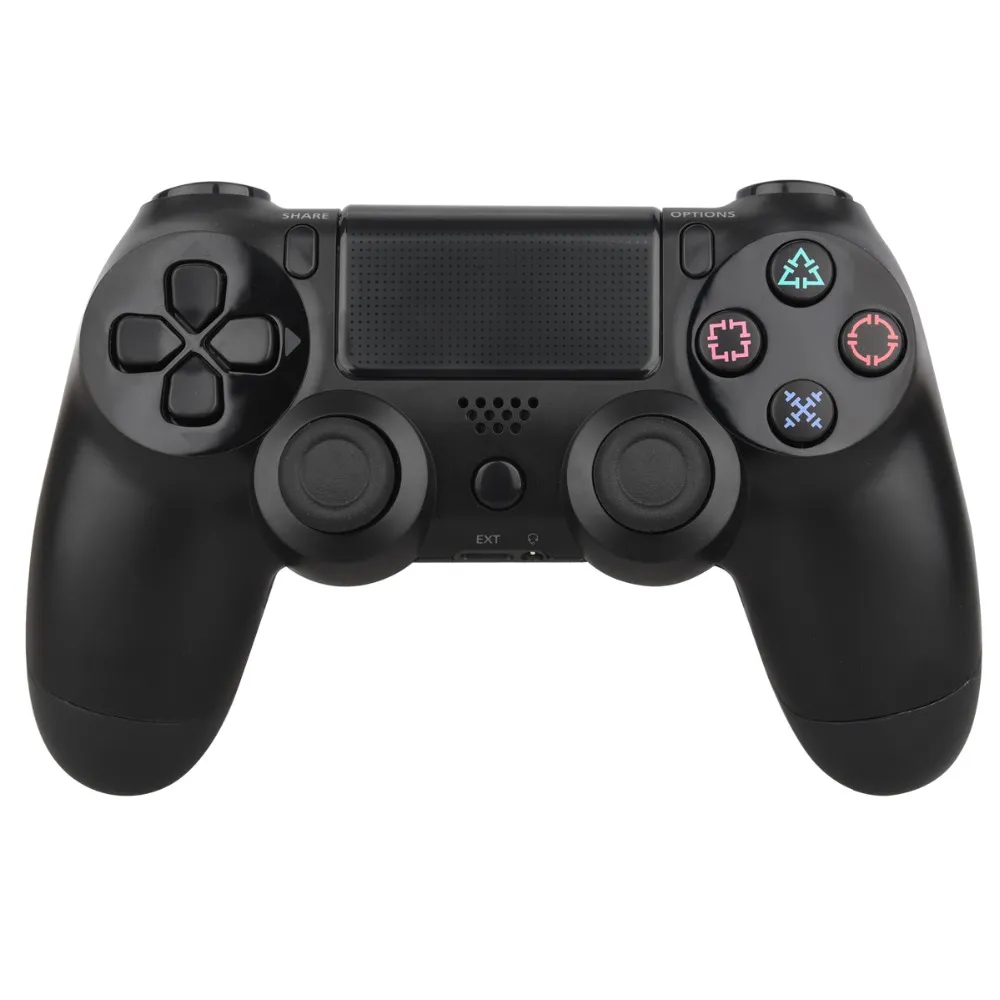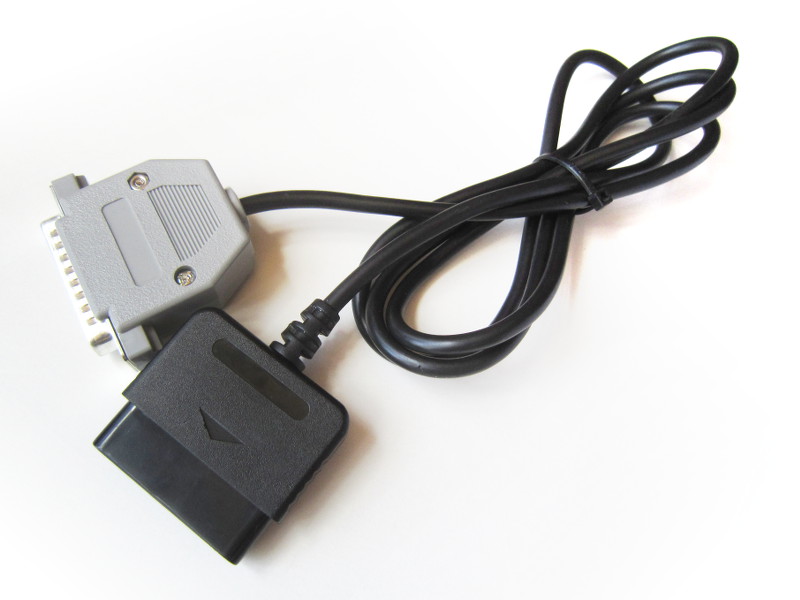

 Run the following command to allow unsigned scripts:. Open PowerShell with administrative privileges. Uninstall Old Drivers Automatically (3.4 KiB, 7,302 hits) Download the PowerShell script from here:. Follow the instructions below to download and run the script. The guys at ITBros have done a great job and created a PowerShell script to uninstall old and unused drivers automatically. Manually scanning through the old and unused drivers is a long and tiring process. Remove old and unused drivers using PowerShell script To fix this problem, reconnect this hardware device to the computer. If you go to the Properties of any hidden device, you will see the following error message:Ĭurrently, this hardware device is not connected to the computer. Right-click any faded entry and select Uninstall to uninstall the device and remove its driver. Hidden devices are the ones which are not currently connected to our system at the moment. Hidden devices are denoted by faded icons. This will show hidden devices in the list. From the View menu, select Show hidden devices. Go to Device Manager (Windows key + X + M). If we want to uninstall all the drivers for devices not currently connected to our system, we will have to manually scan through the device manager.
Run the following command to allow unsigned scripts:. Open PowerShell with administrative privileges. Uninstall Old Drivers Automatically (3.4 KiB, 7,302 hits) Download the PowerShell script from here:. Follow the instructions below to download and run the script. The guys at ITBros have done a great job and created a PowerShell script to uninstall old and unused drivers automatically. Manually scanning through the old and unused drivers is a long and tiring process. Remove old and unused drivers using PowerShell script To fix this problem, reconnect this hardware device to the computer. If you go to the Properties of any hidden device, you will see the following error message:Ĭurrently, this hardware device is not connected to the computer. Right-click any faded entry and select Uninstall to uninstall the device and remove its driver. Hidden devices are the ones which are not currently connected to our system at the moment. Hidden devices are denoted by faded icons. This will show hidden devices in the list. From the View menu, select Show hidden devices. Go to Device Manager (Windows key + X + M). If we want to uninstall all the drivers for devices not currently connected to our system, we will have to manually scan through the device manager. 
The above-mentioned method does not remove all old device drivers. Uninstall old drivers using Device Manager Check the checkbox of “ Device Driver Packages”, and press OK.Īll old drivers which were present on your system will get deleted by Disk Cleanup.
A Disk Cleanup window will open again with a list of all files you can delete to free up the C drive for some extra space. Then it will calculate the free space, you can have in C drive. Click on “Clean Up System Files” and select system drives again when asked. Disk Cleanup window will open for C drive. If new drivers are available for a particular device, Windows will automatically try to download and install the latest version through Windows Update.įor previous versions of Windows, you can use the Disk Cleanup utility. Over time, Windows will keep on installing device drivers for all new hardware plugged into the PC like printers, USB devices, monitors, etc. Since the files inside this folder are critical for system functioning, it is advisable not to touch the folder. 
Windows 10 saves all the drivers inside of this folder called DriverStore. Windows 10 comes with a collection of trusted driver packages of the most common hardware from Microsoft and third-party vendors. Without drivers installed, Windows will not be able to communicate with the hardware. The drivers are a bridge of communication between the software Operating System and the hardware. They tell the Operating System how to operate a particular hardware device. Device drivers are an important component of Windows.








 0 kommentar(er)
0 kommentar(er)
